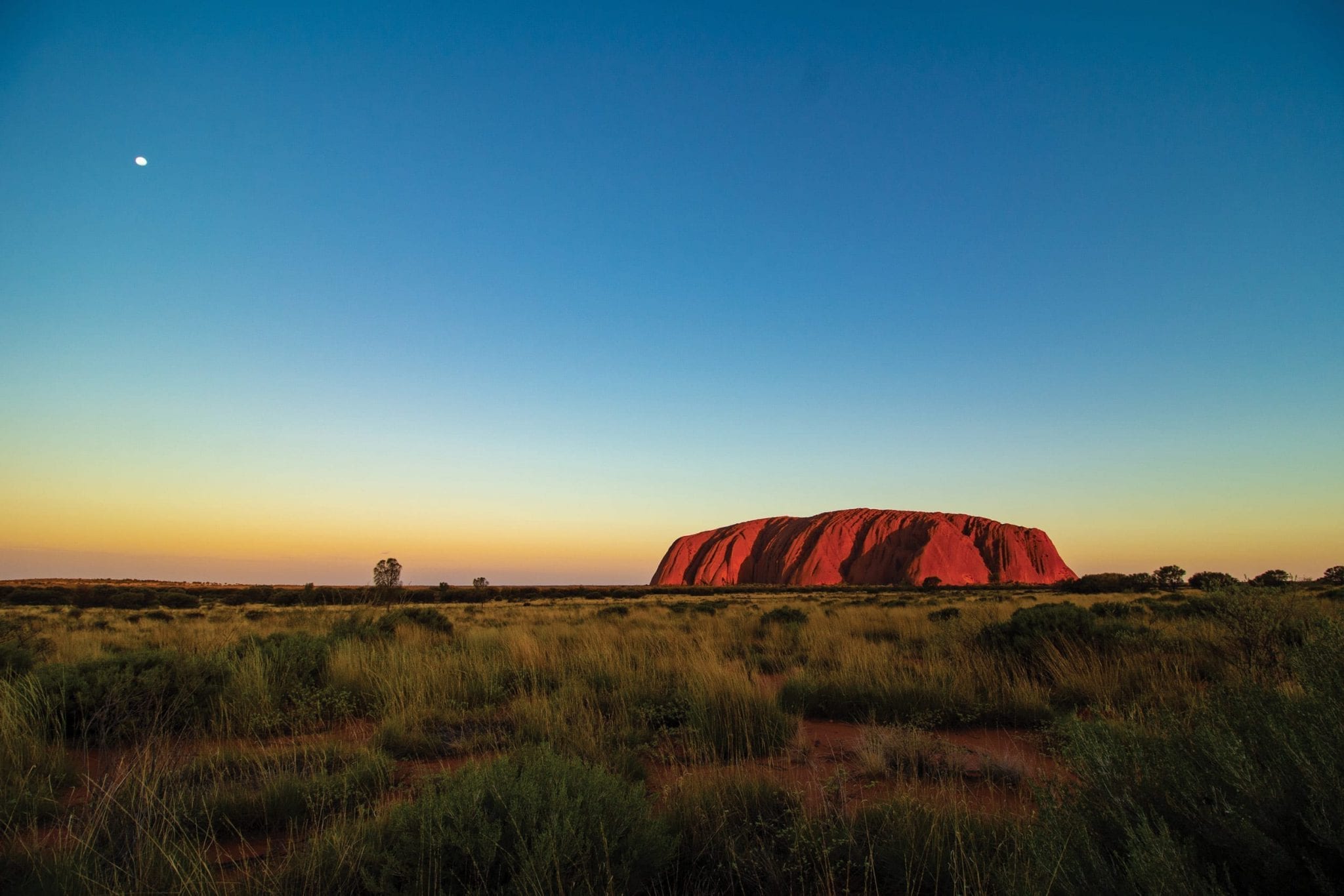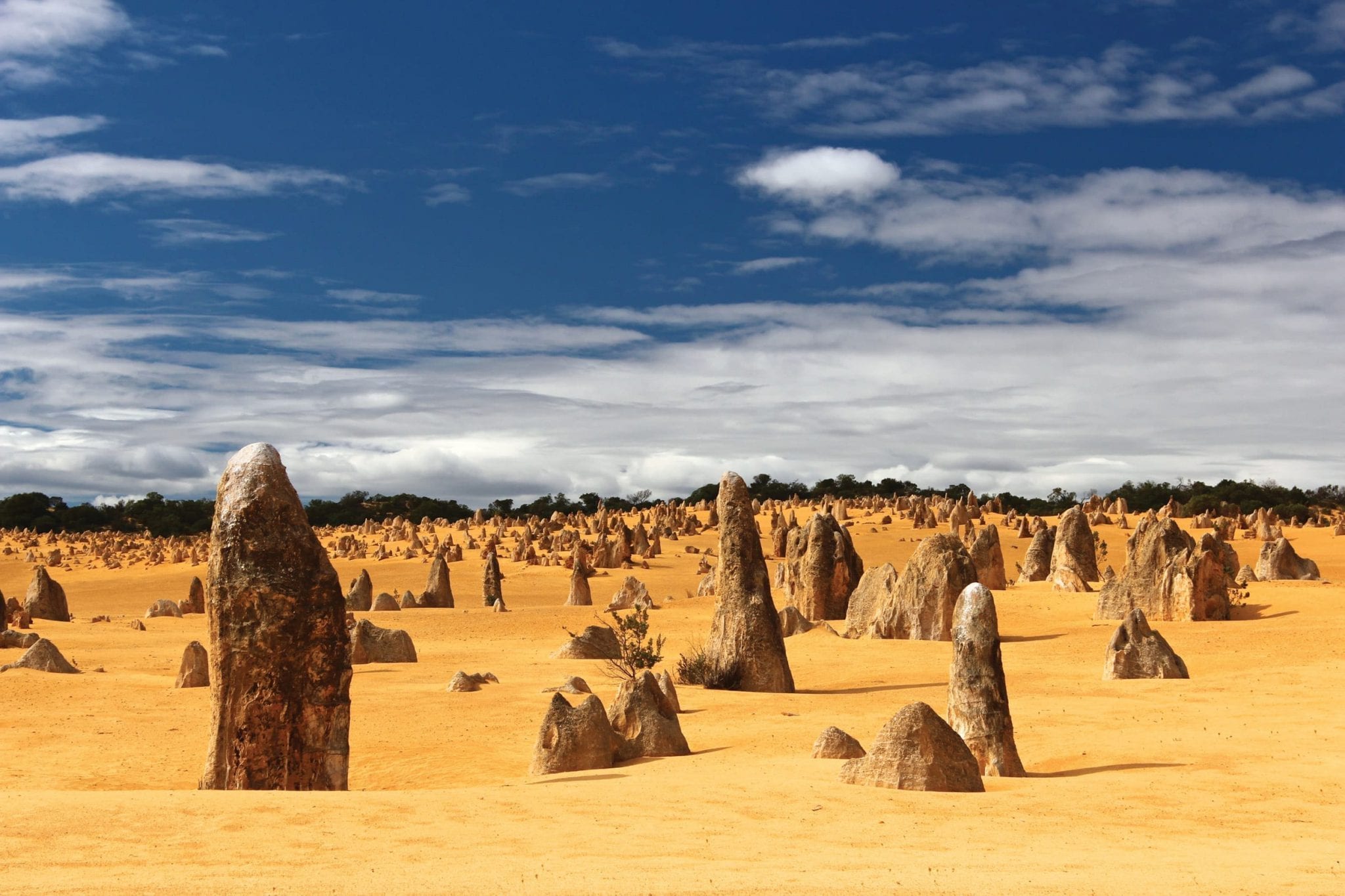Walking: A Personal Journey
Mammals were born to move. The foal and deer stagger around within minutes on long shaky legs. The human squawks and screams, jolting its little limbs into motion. We are a mother-dependent species that would hardly survive in the wild (if that still exists), unable to walk before a year. But it’s all movement from the beginning, and then walking is the easiest, most natural way of getting around. People make walking a habit, a daily routine, to get exercise; others turn it into the intense hobby of hiking or running long distances. Some have turned walking into a fashion, others make moving around mandatory. The following meanders are personal glimpses into why we walk.
Walking is the most fantastic thing in the world. The bipedal movement of putting one foot in front of the other, “like a pair of scissors” opening and closing, as we stride along a sidewalk or shuffle along a corridor in short snippets with our arms straight down or holding a cup of coffee or flopping around, depending on your style and speed. “The bipedal walk made possible the development of the manufactory hand, and this led to the enlarged brain of our species.” Homo sapiens erectus – the human being, standing on two feet, losing its tail and cropping its hair, gesticulating its arms, grasping with its hands, molding things, making things, moving things, the “innate restlessness” of wanting to walk is within us all.
The act of journeying contributes towards a sense of physical and mental well-being, while the monotony of prolonged settlement or regular work weaves patterns in the brain that engender fatigue and sense of personal inadequacy. Much of what the ethnologists have designated ‘aggression’ is simply an angered response to thefrustration of confinement.
Bruce Chatwin, What Am I Doing Here, London: Vintage Books, 2005, p.221-222.
The English writer Bruce Chatwin went to Australia – the land of origin of songbirds – to investigate the parallel human version known as the ‘songlines’ of the Aboriginal Australians. ‘Songlines’ or ‘Dreaming Tracks’ is the European denomination for what the Aboriginals call the ‘Footprints of the Ancestors’ or ‘The Way of the Law’. Songlines comprise an intricate, seemingly impossible labyrinth, a trans-generational inter-connection of invisible pathways that trace our trajectories on territories. Chatwin aspired “to use this astonishing concept as a springboard from which to explore the innate restlessness of man.” On the origin of these superb threads and constellations of songlines, Chatwin says:
“Aboriginals believe that the totemic ancestor of each species creates himself from the mud of his primordial waterhole. He takes a step forward and sings his name, which is the opening line of a song. He takes a second step which is a gloss on the first lines and completes the linked couplet. He then sets off on a journey across the land, footfall after footfall, singing the world into existence […].”


While travelling across the “incessant red country” of Australia, the Aboriginal ancestors scattered their songs and word so their descendants can pick them up and find their way, add to them and create a chain of generational pathways. The songlines are recognized by different generations in their time and space, and “these Dreaming-tracks lay over the land as ‘ways’ of communication between the most far-flung tribes.” Songlines transcend tribal dialects and colonial territorial demarcations. I would assume that the depth of authentic Aboriginal songlines has diminished with the imposition of the nation-state of Australia as defined by property-rights and privately-owned parcels of land that would make the traversing of the territory more difficult. Chatwin claims that for the Aboriginals “an unsung land is a dead land: since, if the songs are forgotten, the land itself will die.” Songlines are defined by walking, not wandering.
Jumping continents and stepping back to the fabled era of the flâneurs in the 19th-century arcades of Paris, we can imagine dandies with their long canes and black top hats, their penguin coat tails and buckled shoes, smoking cigarettes and chatting about nothing and everything, walking as slowly as they can so they can be seen by everyone and see everything there is to see in a slow-motion world of reflecting mirrors in the glass windows of the shops all along the new arcades sometime around 1840, supposedly. The flâneur and his followers are famous for tying a ribbon around the shells of their turtles, setting them down on the polished stony floors of the arcades, and taking their turtles for endless walks back and forth – the slower, the longer it takes, the better. Popularized by the German critic, Walter Benjamin, the flâneur represents the decadence of a certain emerging class in society that could afford the leisure of literally ‘going for a walk’ or in Benjamin’s words: “botanizing on the asphalt”.
Two centuries later, how far we have come! How many times have you said to some friends or family: let’s go for a walk! And everyone gets their dogs on the leash or their children in a carriage, and off you go for a stroll around the block or the closest park. How we all enjoy a good walk – at least the more active of us – and how we all enjoy wasting time and ‘doing nothing’. This too is inherent in the notion of the flaneur who was described as a loiterer, a slacker, a silent poet, an aloof member of society, detached but present. “Flaner” became a verb in French, meaning essentially to do nothing. Nothing but walk that is. And walking is a defining trait about our human species – the bipedal beast walking, running around, doing things. (“The only problem with the flaneur is that he did not exist, except as a type, an ideal, and a character in literature.”)
Whether or not the prototype flaneur really existed or not, there was a newspaper called Le Flâneur which advanced a patriotic purpose-driven feel to walking and observing, and the act of meandering persisted through the ages. All minds, incredibly creative and banally common, have benefited from some fresh air and movement of the limbs. Beethoven composed his great symphonies while wandering around, deaf or not later in life, it was walking that moved him and the nature around him. Kant, the boring philosopher of the impossible “perpetual peace”, interrupted his daily walk only twice: once for the French Revolution of 1789 and when he read Rousseau’s Social Contract. Rousseau then wrote in his Reveries that his “solitary walks and the reveries that occupy them, when I give free rein to my thoughts and let my ideas follow their natural course, unrestricted and unconfined”. Andre Bretton, the father of French Surrealism, would expand on this idea of instigating involuntary associations, streams of consciousness, to create art, literary or other. Read Joyce’s convoluted Ulysses for an endless mental meander… Someone said of Joyce in Paris: “I don’t think I ever saw him walk with his head erect. His gait had something unmistakable about it, something pensive and tentative […]”.
An entry from the epic Arcades Project by Walter Benjamin: Hegel writing from Paris to his wife, September 3, 1827: “As I go through the streets, the people look just the same as in Berlin, everyone dressed the same, about the same faces, the same appearance, yet in a populous mass.”
I have walked in the streets of Paris and Berlin, I have wandered through the cities of Beirut, Madrid, Istanbul, San Francisco, New York, Casablanca, Damascus, Stockholm, London, Copenhagen, Prague, Athens… I have walked with you in Beijing, in Melbourne, Nairobi, Moscow, Tokyo, Algiers, Rome and Johannesburg. We have walked together, marching in the streets, against apartheid, corruption, injustice, dictators and taxes. We were the solitary man standing in front of the tanks in Tiananmen and the hordes in DC protesting Vietnam and the new youth marching to combat climate change and the rough farmers waking and walking against the despotic extortionist monarchies and the workers on strike again and again for better more respectable wages. I am the baseball that drew a walk and walked on down the lane to first base. We are the couple and friends walking the fields in the dusks, when long shadows from lines of trees extend across the golden wheat. We are humanity and the act of walking is ingrained in all of us as a mnemonic device that triggers the past and future.
Walking is ingrained in our DNA. Part of our genetic code. We are born with the need to move. Look at the infant jerking its arms, trying to raise its head, pushing up to see more, sitting up, pulling itself up to stand and look out across the table/world to see what’s on the other side, then taking steps towards that ephemeral goal of ever reach that other side, then turning back, falling over, starting again and again. Anyone having had children will recognize the amusement of watching their child starting to totter around and then the fatigue of having to follow them around…

Walking instigates memory. It’s ingrained in us. It’s passed on to us by generational emotions and sensorial memories. Things that happened before are transferred involuntarily, without us knowing, via untreated emotions and ultimately via memory of our senses. We know how to do this motion innately because it is part of what we do – it’s an automatic response – we just start walking as part of our development, but then we stop and sit and ‘work’ all day behind a desk, staring, blinking at a screen. The computer is not what defines our species; it defines our contemporary society, but this is just a phase, a miniscule blip in history. Take a dive into deep time and you will see the audacity and arrogance of the Anthropocene.
And around and around they go, caught in the fleeting illusion of freedom provided by the movement of walking.
We were born to move, to walk, to mate.
You are sitting on the grass during lunch break on an overcast day. The sun tries to push through the clouds. A tree is having its branches trimmed. Clusters of people are having picnics together. A small group of four, supposedly co-workers, is walking around the inner path of the Urban Brothers Square in the European Quarter of Brussels. Maybe they work in the European Commission building to the right or in some lobby group nearby. They are walking in loops, chatting together, smiling, laughing, striding. We all have the nomad in us. Skirts and jackets swaying in their wake as they go past you at a brisk pace. And around and around they go, caught in the fleeting illusion of freedom provided by the movement of walking.

Your wristwatch beeps. It’s time to go back to work. You don’t want to be late for another the very important date. The clock is ticking. The Garmin or Polar or Samsung or Apple beeps again. You have burned 827 calories. Another beep: your heart rate is 82. You have walked 1,593 steps. Your stress level is low (you’ve been around trees on the grass in a public park). Beep. The GPS kicks in again. The gadget will track your movement all day, all night, if you let it, charge it, it will track you all day, all night, then it will compare the data. Suggest adjustments for a more stable, sustainable, healthy life: walking is good, do more walking, get out more. We all need more nature in our lives. You have walked 5.6 kilometers today (new record, a trophy pops up the circular screen). We all need more trees in our cities. Your heart rate is 82 thumps per minute (lower than average). Go a little faster, get going. You’re late. Beep beep beep. We need more forests in our world. Beep. We are walking digitally into an artificial future.